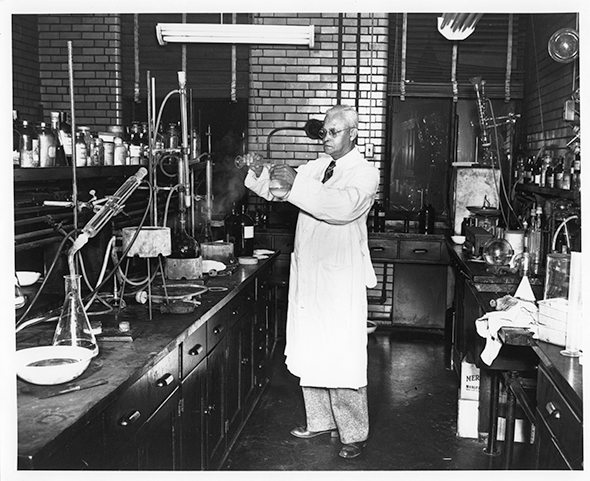
St. Elmo Brady in lab, (RS 15/5/18)
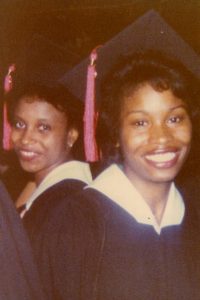
Carol Hillsman Sagers Papers, 1976-79, 2003, (RS 41/20/74)
Archives are home to a variety of different records including documents, photos, manuscripts, films, broadsides, posters, and ephemera. While research can tell the story of these objects, you can tell your story for others to hear. Without the individuals behind them, the objects held in archives would not have a story to tell.
Tell Your Story provides a guide for beginning your own oral history. The Resources tab provides more information about available recording tools, sample interview questions, and links to other oral history projects.
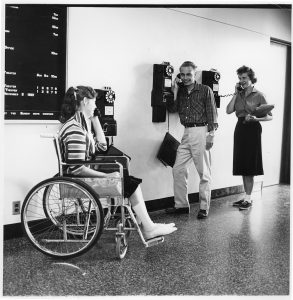
Woman sits in wheelchair and uses telephone, (RS 16/6/3)
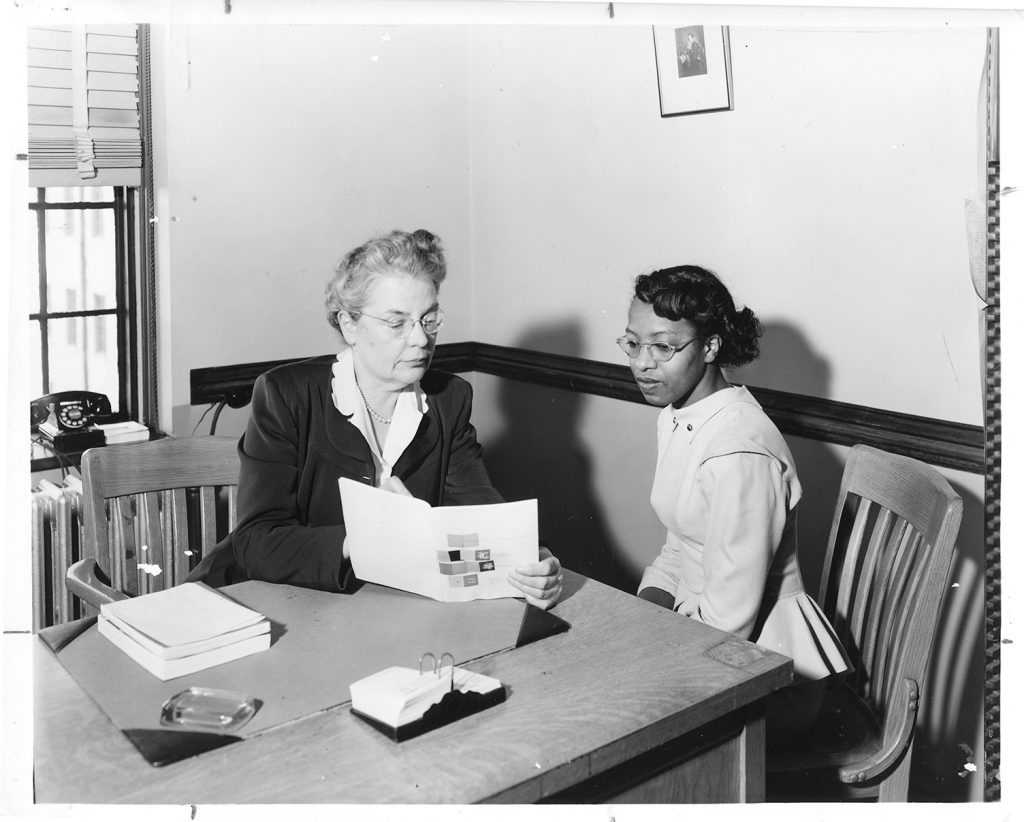
Instructor advising library school student, (RS 39/2/20)
Formulating Questions: Some Things to Think About
- Before the interview, be sure to share the potential questions with the person you’re planning to interview. There may be some questions they don’t want to answer and they may be to suggest new questions or topics for the interview. In some cases, it is helpful to meet with the interviewee before the formal oral history. This will help you collect background information and help them feel comfortable talking to you.
- If you don’t know who you are interviewing, start by doing some background research. The University Archives are a great way to find that information. Here is a list of some online materials you may find helpful:
- We’ve created some topical areas that you may find useful when thinking about questions. Remember that these topics are just a starting point may not apply to everyone. See the Resources tab for sample questions.
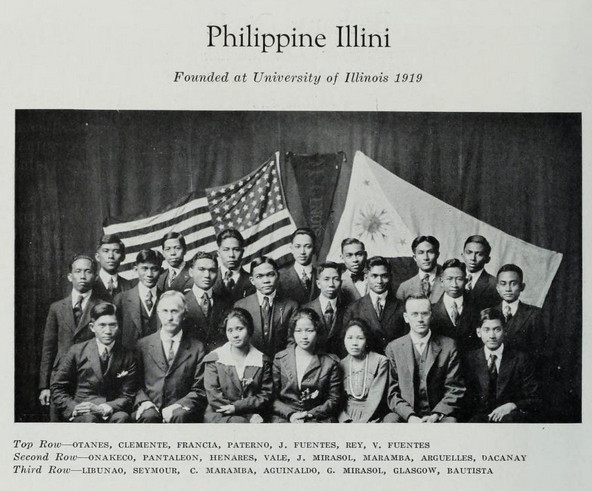
A 1921 Illio group photo of the Philipine Illini student organization, (RS 41/8/805)
- Stories Your Great-Grandparents Told You
- A Family Illini Traditions
- 1913-1920
- 1921-1939
- 1940-1950
 English Building, (RS 39/2/20)
English Building, (RS 39/2/20)
- Myth Busters
- Haunted English Building
- Coffins in Lincoln Hall
- Egyptian Curse
- Place Matters
- Favorite Memories of the Museums
- First Kiss of Fond Good-byes
- Memorials

Gathering on The Quad, (RS 39/2/20)
- What It Means to You
- Pursuit of Knowledge
- Lighting a Spark
- New Knowledge
- The Greatest Moments of my Life
- Memorable Classroom Moments
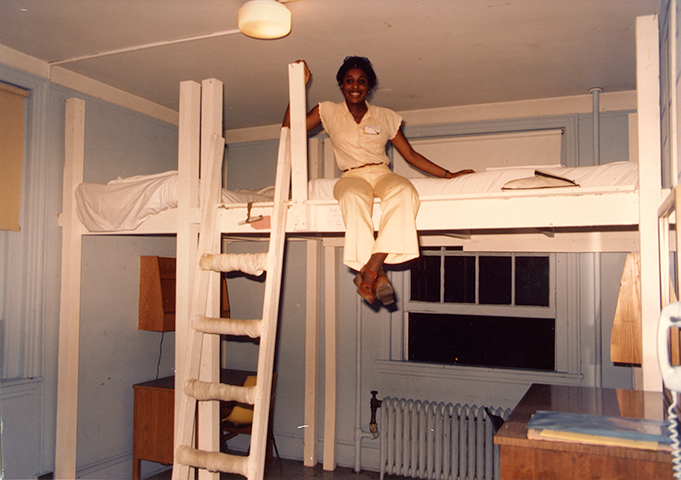

Student and bunk bed, (RS 37/6/7)
- Heartbreaks
- Saying Goodbye
- Fears of the First Day, First Test
- Learning to Live with a Roommate
- Dreams and Reality—Life after College
- Teachers I Remember
- The Most Important Lesson I Learned
- Love Happens
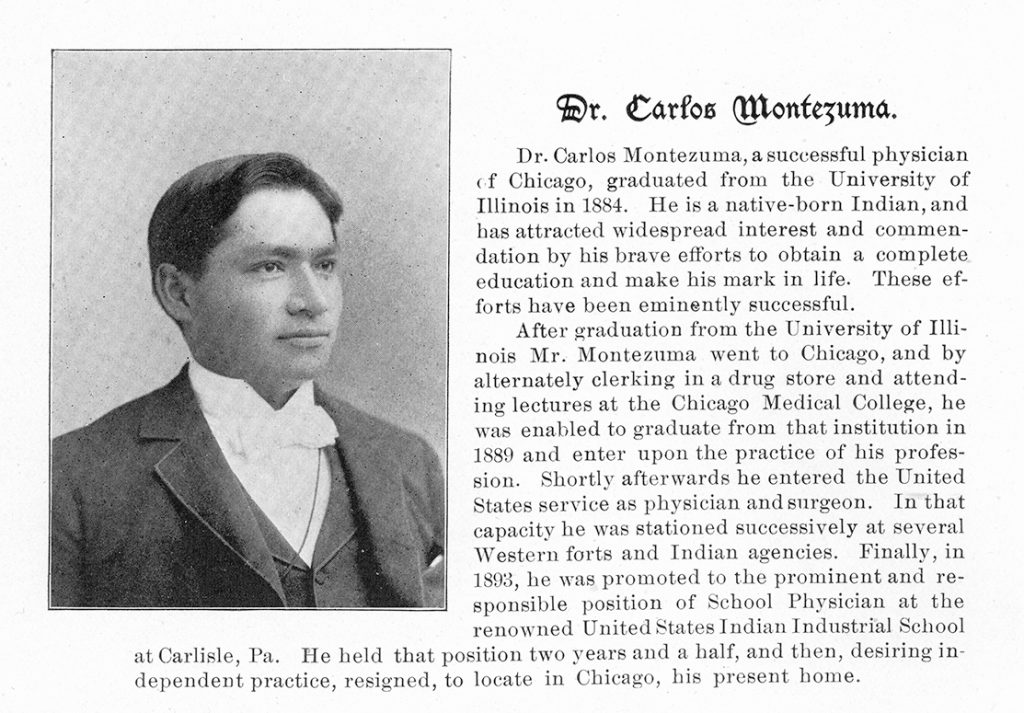
Dr. Carlos Montezuma, (RS 41/8/8015)
- Journeys
- Returning From War
- Fitting In, and Not Fitting In
- Finding Your Path
- Life, Death, and Illness
- First to Go to College
- What I Wish I’d Told Mom or Dad
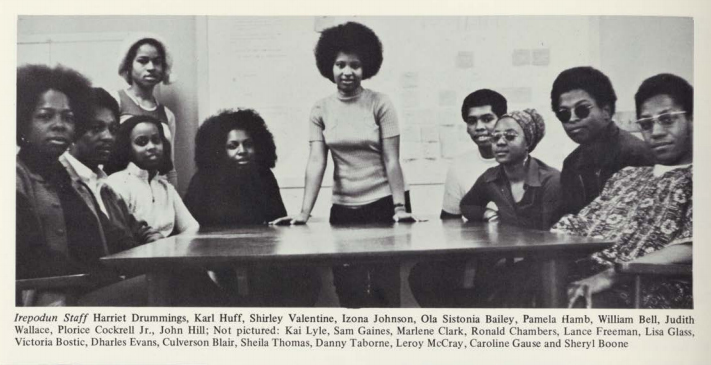
Irepodun Staff, (RS 41/66/826)
Recorder
Microphones (2)
Headphones
Extra batteries
Extension Cord
Camera
SD Card
Note-taking supplies
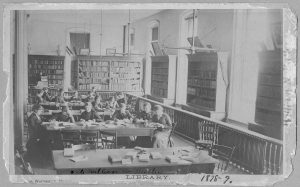
University Hall Library, (RS 39/2/20)
1. Have the interviewee fill out release forms.
2. Make sure the location of your room is quiet enough to record in (avoid buzzing fluorescent lights, a/c, and ticking clocks). Mute cell phones.
3. Set up and test the recording equipment.
4. Test and playback before the official interview begins by asking an irrelevant question like, “What did you have for breakfast?”
5. Check volume levels.
6. Remember to press RECORD again when you begin the actual interview.
2. Place the recording device in the middle of the interviewer and interviewee(s) and try not to move the device while recording.
3. When possible, plug the recording device into AC power instead of using batteries.
4. Always keep fresh batteries in the recorder while recording, even when using AC power. If the recorder is accidentally unplugged, the loss of power could result in a lost file. Back-up battery power can help prevent this.
5. At the opening of the recording, identify yourself, the interviewee(s), and the date and location of the recording.
6. Use a good external microphone. The better the microphone, the better the quality of the recording. While built-in microphones have improved, external microphones still produce the best sound. Because of this, we ask that you use them whenever possible.
7. Record in uncompressed WAV files at a minimum quality setting of 16-bit/44.1KHz when possible.
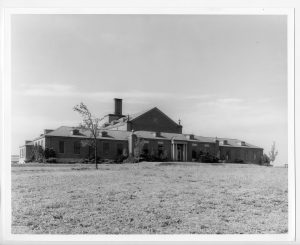
Horticulture Field Lab, (RS 39/2/20, BUI)
Please contact Student Life and Culture Archivist Ellen Swain by email at eswain@illinois.edu or by phone at (217) 333-7841.
Archives Research Center Hours
M,T,TH,F: 8:30am-12pm and 1-5pm
W: 10am-12pm and 1-5pm
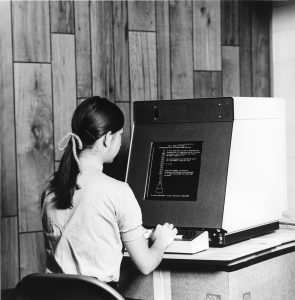
Women Using PLATO Terminal, (RS 39/2/20)
The Society of American Archivists defines metadata as “A characterization or description documenting the identification, management, nature, use, or location of information resources (data).”
Text documents: file name*, department name, project name, title, author name, date, file type (DOCX, PDF, etc.), file size
Photographs: file name, department name, project name, photographer’s name (if known), brief description of content, subject(s), location, date, file type (JPG, TIF, etc.), file size
Audio: file name, department name, project name, title, interviewee name, interviewer name (if appropriate), location, date, file type (WAV, MP3, etc.), file size
Video: file name, department name, project name, title, interviewee name, interviewer name (if appropriate), location, date, file type (MPEG, MOV, etc.), file size
*You should develop a set of file naming conventions so files can be easily sorted and accessed. If you would like assistance or advice about this, please contact us.
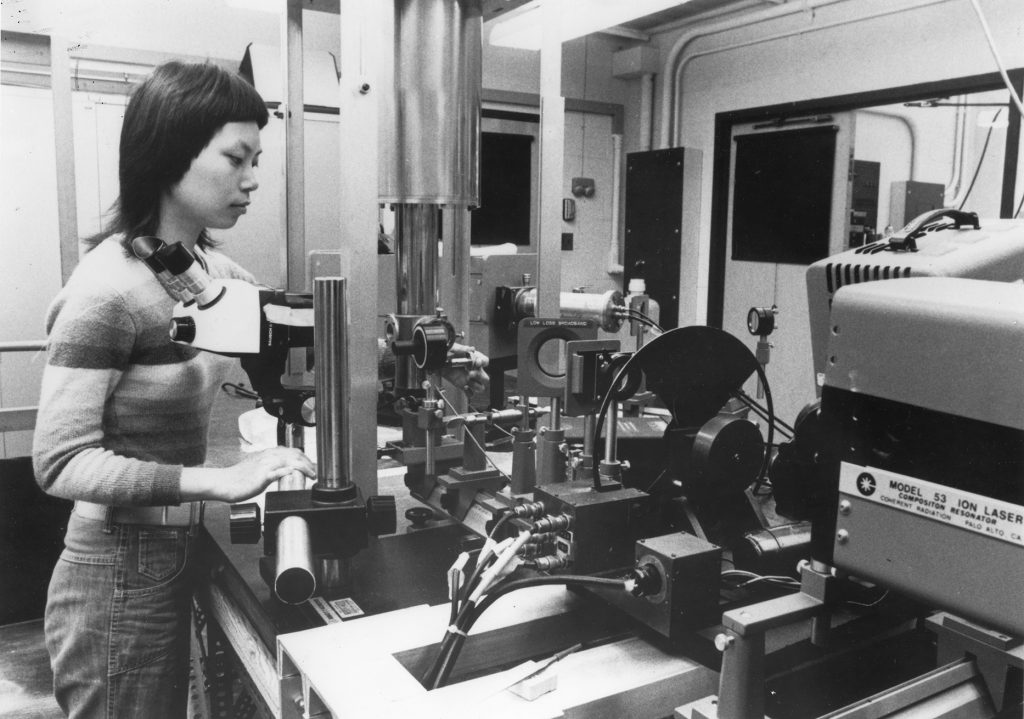
Experiment in Coordinated Science Laboratory, (39/2/20)
Principles and Best Practices by the Oral History Association
Getting Nosy with Aunt Rosie: Example Questions for Oral History by Genealogy.com This article includes other tips and advice beyond suggested questions.
Conducting an Oral History Interview by the Pennsylvania Historical & Museum Commission
Oral History Interview Guidelines by the United States Holocaust Memorial Museum A comprehensive guide for in-depth interviews.
Before the interview, be sure to share the potential questions with the person you’re planning to interview. There may be some questions they don’t want to answer and they may be to suggest new questions or topics for the interview. In some cases, it is helpful to meet with the interviewee before the formal oral history. This will help you collect background information and help them feel comfortable talking to you.
This list includes questions used in various Voices of Illinois interviews.
– What years were you a student and what departments were you active in?
– How did you decide to attend UIUC?
– Did you have any family members who also attended UIUC?
– Was higher education a priority for your parents?
– Do you remember the first time you visited campus?
– Did you belong to a fraternity/sorority? Why or why not?
– Where did you live on campus?
– Were there any particular professors who were influential while you were on campus?
– Did you work while on campus?
– Where did you go to study?
– What did you wear to class?
– Where you aware of national/current events while you were in school?
– When you weren’t studying or in class, what did you do?
– What do you remember from your favorite classes?
– How were minority students treated? Were you aware of discrimination at UI or in Champaign-Urbana?
Outside Resources
20 Questions to Ask the Important Women in Your Life by the Jewish Women’s Archive
Great Questions by Story Corps
Some Possible Questions by the Smithsonian Center for Folklife & Cultural Heritage
Virtual Recording Sessions
Be sure the interviewee consents to the call being recorded when you begin.
Skype
CallNote
Skype Recording Suggestions
Phone Call
Google Voice
Call Recorder for Android
Automatic Call Recorder Pro for iPhone
In-person Recording Sessions
Apps
Audacity for Windows, Mac, and Linux
GarageBand for Mac
Dragon Anywhere (1 week free trial. Subscription based service.)
For iPhone
For Android
Voice Recorder & Audio Editor for iPhone
Audio Recorder and Editor for Android
Voice Recorders
Ask Doug- Recorders


